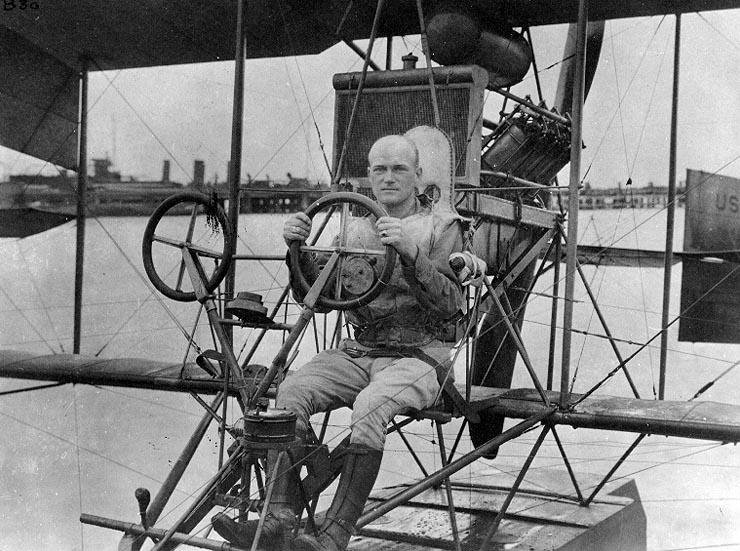In our lifetimes, will we see commercial flights that are completely automated and pilotless? My guess is yes. The opening of Philip E. Ross’ investigation of that topic in IEEE Spectrum:
“Time was when a uniformed man would close a metal gate, throw a switch, and intone, ‘Second floor—men’s clothing, linens, power tools…’ and the carload of people would glide upward. Now each passenger handles the job with a punch of a button and not a hint of white-knuckled hesitation. The first automatic elevator was installed by Otis Elevator Co. in 1924; the things became common in the 1950s.
And back in the day, every train had an ‘engineer’ in the cab of the locomotive. Then robo-trains took over intra-airport service, and in the past decade they have appeared on subway lines in Copenhagen, Detroit, Tokyo, and other cities.
Quietly, automation has taken charge of many other life-and-death functions. It manages white-hot ribbons of steel that shoot through rolling mills. It guides lasers that sculpt the eye and scalpels that excise the prostate gland. It runs oceangoing freighters, the crews of which have shrunk by an order of magnitude in living memory. And, most obviously, it is mastering aerial warfare. Today, the U.S. military trains twice as many ground operators for its unmanned aerial vehicles (UAVs) as pilots for its military jets. Its UAVs started off by flying surveillance missions, then took on ground attack; now they are being readied to move cargo and evacuate wounded soldiers.
In the sphere of commercial flight, too, automation has thinned the cockpit crew from five to just the pilot and copilot, whose jobs it has greatly simplified. Do we even need those two? Many aviation experts think not.” (Thanks Browser.)

